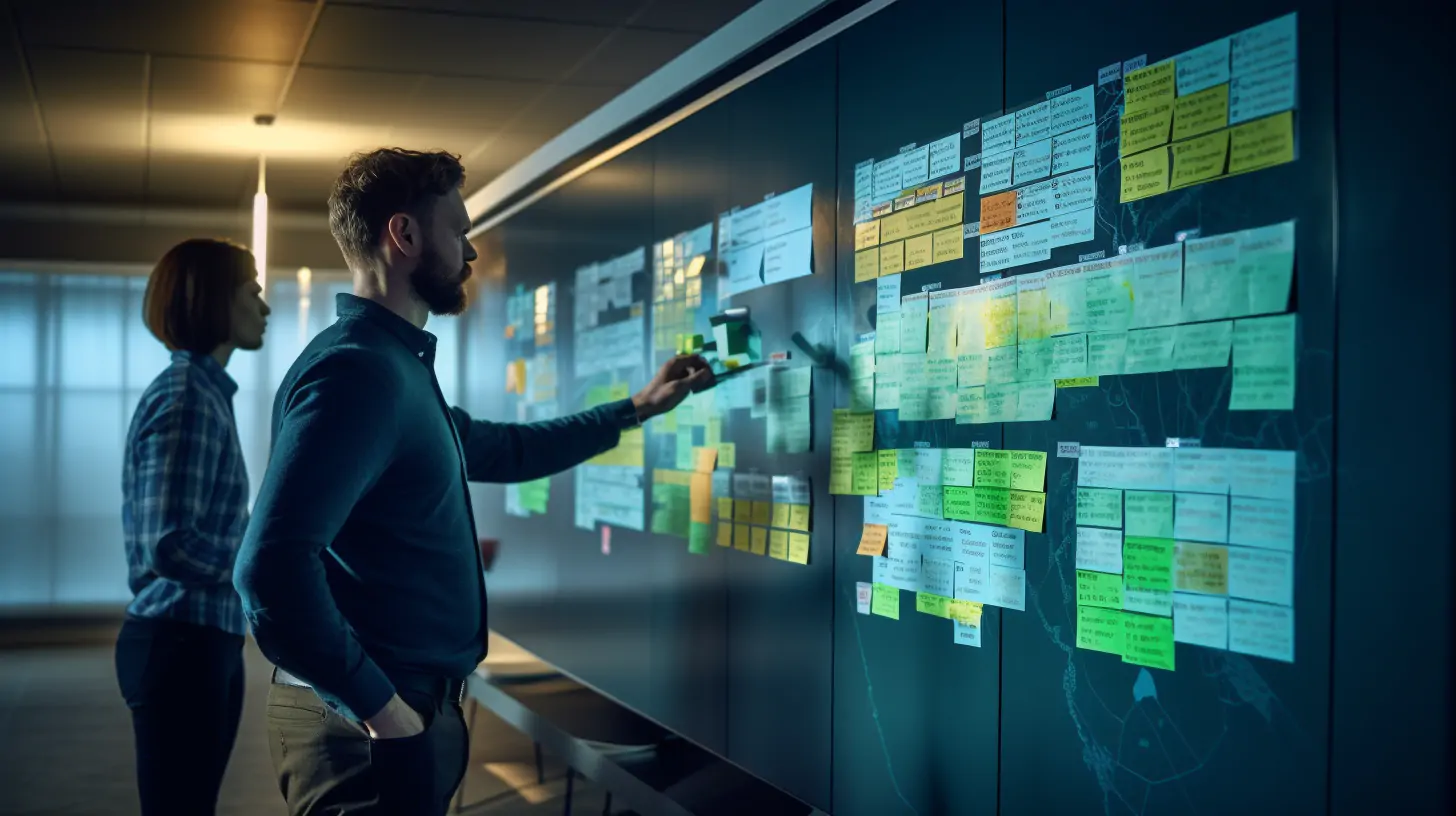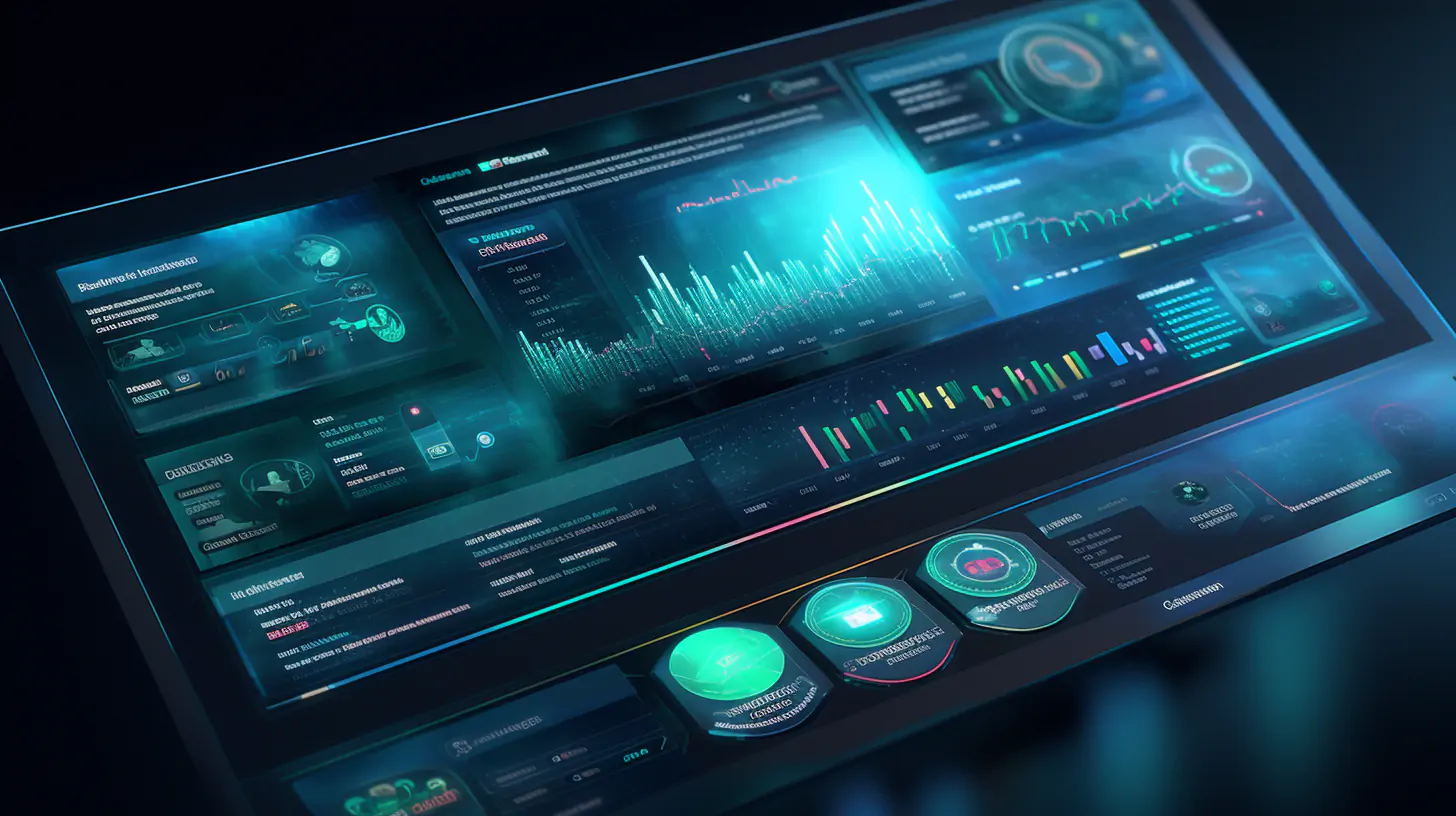Interesting statistics
Introduction
Project management is one of the most important aspects of successful project implementation. One of the most popular techniques is Waterfall and Agile. Each method has advantages and disadvantages, and choosing the right one can significantly affect the result. This article focuses on the differences between waterfall and agile methods, their advantages and disadvantages, and recommendations for choosing the best method.
Before we jump into the comparison, let's take a quick look at the waterfall and agile methodologies.
Waterfall follows a series of linear processes, completing each stage before moving on to the next. The emphasis is on careful upfront planning with well-defined milestones such as requirements gathering, design, development, testing, and deployment.
Conversely, Agile takes an iterative and phased approach, dividing a project into smaller iterations called sprints. This promotes flexibility, collaboration, and continuous improvement throughout the project life cycle.
Key Differences Between Waterfall and Agile
The waterfall is a sequential method, while Agile is an iterative approach to software development.
In Waterfall, requirements and plans are established before work begins, while in Agile, teams constantly review and adjust their plans based on customer feedback throughout the process.
Waterfall focuses on early design and planning before implementation, while Agile favors short iterations of delivering small features with frequent customer feedback loops during implementation. Agile testing is done regularly as new features are developed so that issues can be quickly identified and fixed accurately.
Waterfall uses fixed time frames that cannot be changed during the project. In Agile, incremental changes can be made as needed for maximum flexibility. Waterfall usually runs tests at the end of a project when time constraints can cause problems.
Pros and Cons of Waterfall

Pros:
Easy to understand and implement.
You can complete your project faster by breaking down development into manageable steps.
It provides a structure with clear tasks assigned to each milestone, making it easy to delegate responsibilities and track progress.
Waterfall allows you to better manage change by minimizing risk factors with a “plan ahead” approach.
Helps your team stay focused by making it easier for everyone to plan and organize a project. A linear progression model with a well-defined start, middle, and end is ideal for traditional, precise construction and software development industries.
Cons:
Does not encourage deep learning or adaptation throughout the project process; decisions must be made before the development cycle begins, which blocks potential decisions during the design or implementation phases.
Not suitable for resource-constrained or scope-constrained projects that change dramatically over the life cycle and require more flexibility than this methodology suggests.
The waterfall process provides little backtracking, making it difficult to take corrective action if errors are discovered late. What is built at the start of a phase is not deployed to production unless it is built from scratch later or extensively customized for each successive phase.
Pros and cons of Agile Approach

Pros:
Agile promotes adaptive planning, on-time delivery, and continuous improvement for clients.
Agile methodologies encourage frequent revision and refinement of the design so that it can be changed if necessary.
Agile methodologies are focused on fast delivery, resulting in rapid response to changing market needs.
This allows the team to respond flexibly to changing customer needs and external constraints.
The result is a culture of continuous learning and opportunities for collaboration between stakeholders throughout the project lifecycle. Shorter development cycles increase the speed of developing products and services to market.
Cons:
Agile methodologies rely heavily on cross-functional team communication and lack structured processes to ensure that all stakeholders are aligned at every stage of the development process.
This can lead to an increase in scope if, after the initial design is created, a feature request needs to be corrected as the team needs to adjust the design plan on the fly.
Relying heavily on customer feedback, questions, and user acquisition considerations can result in conflicting information or insufficient feedback, making it difficult to provide timely and reliable progress reports and may result in project delays.
Waterfall: stages and sequential execution
The waterfall approach in software development is a methodology in which progress flows (falls) like rungs on a ladder. This is the traditional form of linear project management, in which commitments and tasks are ordered and performed sequentially.
The main stages of the waterfall approach usually include requirements analysis, system design, implementation, testing, installation, and maintenance. The process flows logically and sequentially from one step to the next, completing each step before moving on to the next. This means that after a phase has manifested, it is impossible to go back and change something without repeating the previous phase.

Requirements Analysis: Gathering requirements will help those developing new systems for an organization/enterprise to determine what needs (e.g., functionality) they have for that system, particularly in user interface design and experience. can be used for
System design. The system design must consider certain specifications, such as architectural components and design patterns, that help determine how the various parts of the system interact. For example, when choosing a technology or framework for user experience development, consider the sufficient number of features and enhancements of a particular tool available during a particular iteration/sprint in your development cycle. This will help you anticipate the maximum performance you will achieve.
Implementation and Testing: Once the design phase is complete, the developers begin to create modules and integrate them according to the specified requirements described in the previous phases and run unit tests to ensure they work correctly. This step includes coding. Developers implement the processes described by the designers and test their code against real data, not simulated data. Developers can also model library functions at this stage if needed. In addition, depending on team size, scope, etc., test-driven development can be applied to ensure code coverage is met repeatedly and on time across all cycles.
Installation and maintenance: After completing standard operational testing, preparing the integration environment, and bringing everything in line with security standards, the organization/enterprise is ready to deploy the previously created application. Providing them will make them available through distribution channels. We then ensure that the feature updates that end users expect are continuously synchronized based on their initial recorded requirements, resulting in a more efficient implementation.
Agile approach: iterative and incremental development

Agile uses an iterative and incremental development model. A project can be broken down into smaller iterations or sprints, with each iteration leading to a release. Agile delivers valuable features early on and collects feedback to launch subsequent iterations. This approach allows for change, encourages collaboration, and ensures continuous improvement throughout the project.
When to Use the Waterfall Approach
The waterfall approach works well when the project requirements are well understood, stable, and unlikely to change significantly. This is best suited for projects with limited budgets and deadlines, where the scope of work can be clearly defined in advance. The waterfall is typically used in industries with strict regulations or where consistent dependencies are important.
When to Use an Agile Approach

Agile approaches are ideal when project requirements are uncertain, subject to change, or evolving rapidly. This is useful for complex projects that require experimentation, innovation, and frequent customer feedback. Agile is often preferred in projects with dynamic software development, product launches, and market conditions. This allows your team to adapt to new requirements and get additional benefits quickly.
Factors to consider when choosing methodologies
Consider the following factors when choosing the right project management approach:
The complexity and predictability of the project. Assess the complexity, uncertainty, and predictability of the project. The waterfall is better for more predictable projects, while Agile is better for complex and adaptive tasks.
Flexibility and Adaptability to Change: Determine the flexibility you need to meet changing market demands and trends. Agile is best suited for rapidly changing environments.
Stakeholder Involvement and Collaboration: Assess the desired level of stakeholder involvement. Agile encourages regular collaboration and feedback and promotes ownership and shared responsibility.
Time and cost restrictions. Consider project schedules, deadlines, and budget constraints. Waterfalls can be suitable for projects with limited time and budget.
Risk Management and Mitigation: Review the project's risk profile and the need for multiple risk controls. An incremental agile approach helps identify and mitigate risks early.
Team Skills and Experience: Assess the team's experience, technique, and adaptability. Agile requires self-organizing cross-functional teams, while Waterfall relies on specialized roles.
Hybrid Approaches: Combining Waterfall and Agile
In some cases, a hybrid approach that combines elements of Waterfall and Agile may be appropriate. This approach gives you flexibility while maintaining structure. For example, a project might start with a waterfall phase to build a solid foundation and then move to agile development to ensure iterative development and ongoing feedback.

Whichever approach you choose, success depends on the actual implementation. Here are a few important tips:
Customize your methodology.
Customize the approach you choose to suit your project's unique needs and constraints.
Set clear goals and results.
Set specific goals and measurable results for each milestone or iteration.
Encourage open communication channels, collaboration, and stakeholder participation throughout the project.
Choosing the right project management tool is critical to working effectively. Evaluate tools that fit your chosen approach, facilitate communication, track progress, and support specific waterfall or agile methodologies needs.
Conclusion
Choosing the right project management approach is an important decision. It affects project outcomes, team dynamics, and stakeholder satisfaction. Understanding the waterfall and agile's differences, strengths, and weaknesses and considering project-specific factors will help you make informed decisions.
A hybrid approach can offer the best of both worlds. Choosing and applying the right approach effectively can maximize project success and benefit stakeholders.





